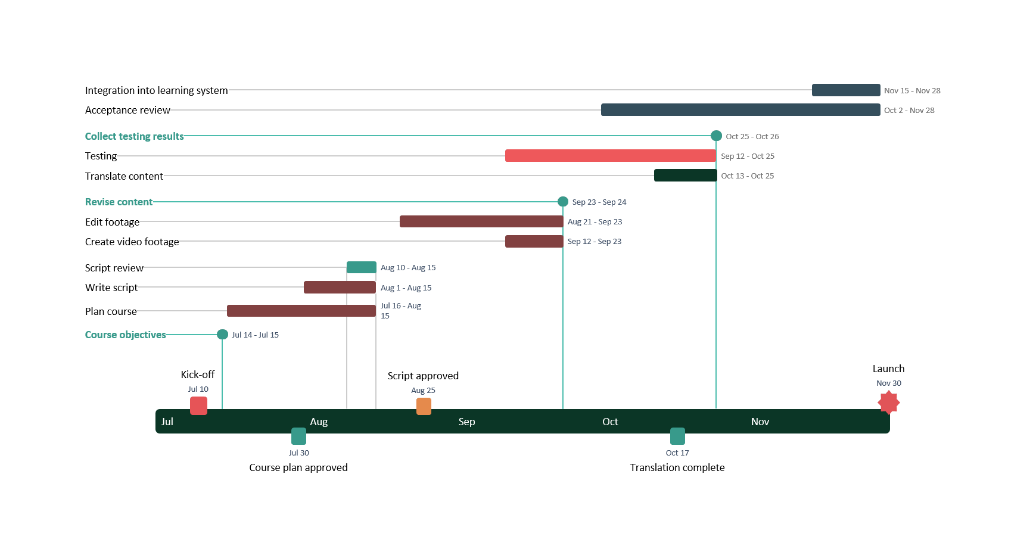
This detailed thinking helps you ensure that the schedule is workable, that the right people are assigned to each task, and that you have workarounds for potential problems before you start. As part of this process, you'll work out who will be responsible for each task, how long each task will take, and what problems your team may encounter. When you set up a Gantt chart, you need to think through all of the tasks involved in your project. His chart was designed to help manufacturing supervisors see whether their work was on, ahead of, or behind schedule, and it formed the foundation of the tool we use today. In around 1910, Henry Gantt, a management consultant and engineer, took Adamiecki's concept to the next stage. In the late 1800s, Polish engineer Karol Adamiecki developed a visual work flow chart that he called a "harmonogram." Learn how to use Gantt Charts with our video and transcript. In this article, we'll look at why they are so useful, and we'll see how you can use them to organize projects and keep your team informed of progress. This gives you an instant overview of a project, its associated tasks, and when these need to be finished. They outline all of the tasks involved in a project, and their order, shown against a timescale. Gantt charts convey this information visually. That's why it's helpful to be able to see everything that needs to be done, and know, at a glance, when each activity needs to be completed.

It could deliver late as a result, and cost a lot more. To complete a project successfully, you must control a large number of activities, and ensure that they're completed on schedule. If you miss a deadline or finish a task out of sequence, there could be knock-on effects on the rest of the project.

If you missed just one, this could spoil your whole performance. Think about how challenging it would be to juggle a dozen balls at once. You'd have to keep your eye on all of them, and know when to catch each one.


 0 kommentar(er)
0 kommentar(er)
